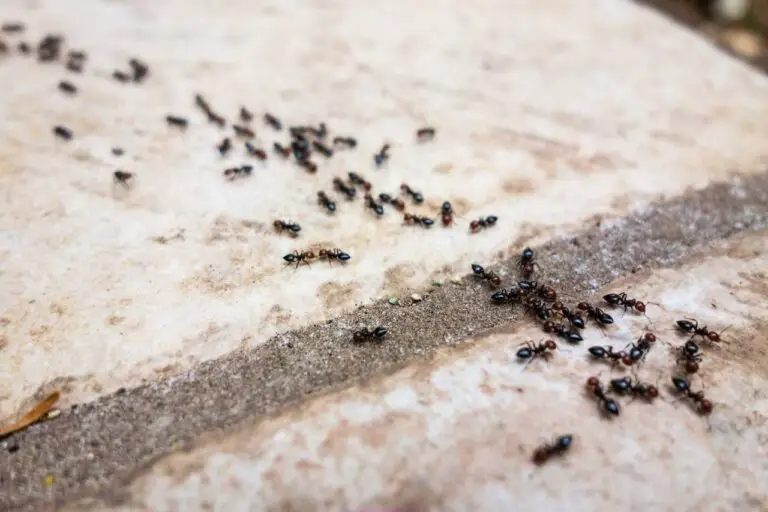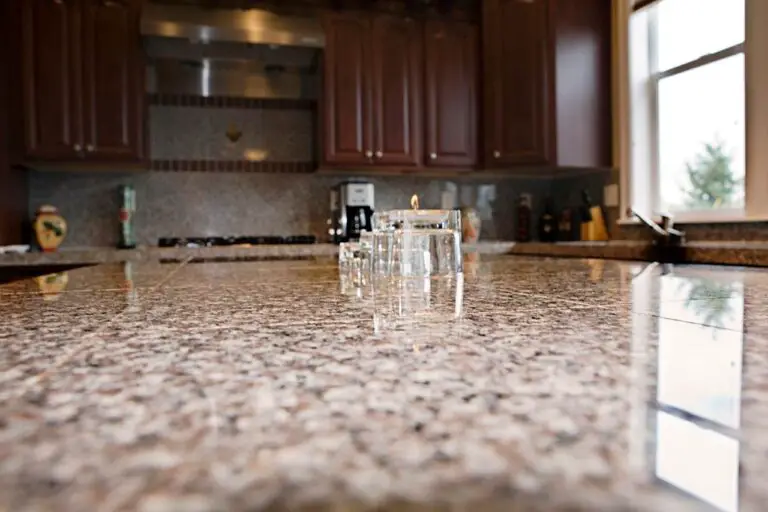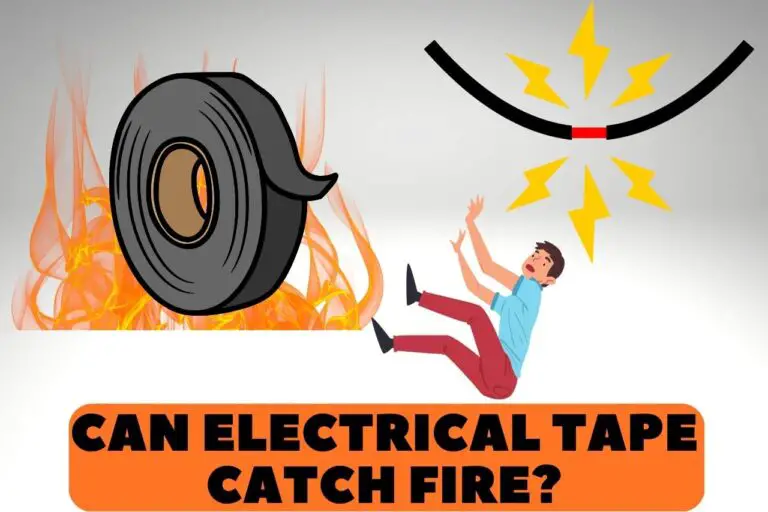Are Squeaky Floors a Structural Problem? Let’s Discuss!!
The majority of dwellings are prone to creating numerous noises. But few sounds are as irritating as squeaky flooring. Are squeaky floors a structural problem? What exactly produces squeaky floorboards, and may they indicate a more significant concern? Let’s look into it.
What Causes Squeaky Floors Upstairs?
Encompassing, for instance, friction brought on by the brushing with two other rough surfaces, motion inside a floor, improper construction of a wood structure, flex inside the joists, improper fastening, or joists not straight.
Additionally, since floorboards are fastened to wooden joists with nails, the wood dries out with time as well as the floorboards begin to sag on the nail shaft, producing the well-known creak.
The presence of small openings or cavities in between wood joists and the construction floor made of the same material serves as another trigger. Cavities between such joist tops as well as the flooring, may form whenever floorboards are installed well over the top.
The joists are not straight, which will make the floorboards collapse when stepped on. Therefore, the floorboard shifting, as a result, makes undesirable noise.
Why are My Floorboads Suddenly Creaking?
The two leading causes of squeaky flooring are as follows.
- Large wooden beams, known as floor joists, support the weight of the planks that are hung from them and are located beneath the subfloor. The floorboards have room to move whenever you apply pressure because there is a distance between both the tip of a joist as well as the bottom of the ground.
- Similarly, something like this, if the false nails were used to attach your floorboards to the joists or if they were not installed correctly, the planks would be loose and, therefore, will slide whenever you walk on them.
Are Squeaky Floors a Structural Problem?
There’s no reason to freak out. No, truly, is the quick response. The lengthier answer is that the construction of the flooring creates squeaks rather than being a symptom of a significant structural issue like sinking or woodworm. This is primarily caused by the motion of some kind.
Humidity
Its floorboards’ attachment to the joists becomes loose as the temperature heats up after a long winter because of increased humidity as well as the floorboards’ resumption of expansion.
Short Floorboards
The floorboard won’t reach its joist below if cut too short. As a result, the boards won’t have any support from below, which will enable them to wander and perhaps rub against some other wooden floor.
Unbalanced Joists
Each floorboard cannot be fastened to a joist equally firmly as the other joists could be when one or more of them are lower compared to the others. Noise increases as movement increases.
When placed, the Planks Were all too Moist
The lumber may become soaked and swell if any weather is already stormy. The floors will begin to dry out as your house warms enough when put in that manner. These will become smaller as a result, and the spaces among them will become insurmountable.
The Floor’s Timbers Need to be Squarely Cut
Whenever the timbers are joined, they will only be capable of fitting together firmly sufficiently if they are entirely uniformly squared off. The timbers would have had greater space to move as a consequence, and eventually, they’ll start to scrape against one another.
Are Creaking Floors Dangerous?
Squeaking wood floors, as well as subfloors, are very typical. However, if the squeak is followed by a squishy sensation, happens in very old or new homes, the house is located in a seismic activity location, or a loud squeaking emerges abruptly, it may be a sign of a problem.
There shouldn’t be any immediate threat from squeaky floorboards. The creak doesn’t mean your property is going to fall or anything like that. Instead, the noisy surface produces a loud popping sound.
It seems more probable that there is a loosened nail that requires to be tightened rather than that the board has moved slightly out of position, and a small amount of pressure would correct the issue. Noises coming from the floor may be caused by loose fittings that need to be filled.
While the squeaky flooring may indicate minor structural difficulties, they don’t always portend any bigger problems. The majority of homeowners can remedy them with ease and in a very straightforward manner.
How to Fix Squeaky Floors Upstairs?
Close the Gap
When you discover that the source of your creaking floor is indeed a space between the floor as well as a joist, close the gap utilizing building adhesive or squeeze a shim here between the joist as well as the wood subfloor.
Add Assistance
In order to create a level ground on the flooring that will properly transfer weight whenever the region is walked on, consider adding reinforcement by drilling a supporting piece of timber here to the warped section of a joist whenever you discover that it has been bent or creates noise whenever it takes the weight.
- Locate the squeaky by tapping on the ground till it makes a noise. Remember where you are. Position oneself beneath the squeak as you descend the steps.
- According to the type and architecture in the house, knock on the roof with a hammer to find the flooring joist if it isn’t apparent. Whenever you pound the bottom of the joists while pounding on the top, you should hear a dull “thud.”
- Even though you return upstairs, determine the distance from the joist and the next surface or light you could see.
- Return to the second floor and utilize the measurements to identify the joist causing the noise. Just on carpeting over the joist, drive a spiral screw. To push it entirely into the carpeting, use a hammer. (Tapentadol)
- While moving over the floor, listen for creaks. If the squeaking continues, drive additional nails through into the joist till it stops.
Who to Hire to Fix Squeaky Floors?
The best alternatives for repairing squeaky floors are local flooring professionals. Professionals are an alternative, although they sometimes have long wait periods and may only perform repairs. Although they are the least expensive and can restore flooring, handymen may need help to handle the damage. You can do some repairs yourself.
Even though some individuals may employ a handyman or professional to replace squeaky floorboards, it’s always a smart option to use a nearby flooring business for this service. The greatest flooring company will be capable of identifying the ideal answer.
More Like This: Check Out These Related Articles
- Artistic Pavers vs Travertine – Which is Better?
- Does Vinyl Plank Flooring Expand and Contract? Guide
- How to Fix Yellowed Epoxy? – Read before Getting Worried!
- Is Epoxy Flooring Slippery? Complete Guide

Hello! I’m Kavindu, a home imprpovement expert. With a passion for transforming living spaces, I share insights on everything from trendy interior designs to essential DIY tips. Whether you’re renovating or just refreshing your decor, join me for practical advice, creative ideas, and the latest home trends. Let’s make your house a dream home, one project at a time. Most importantly, I love cooking as much as I love blogging!







